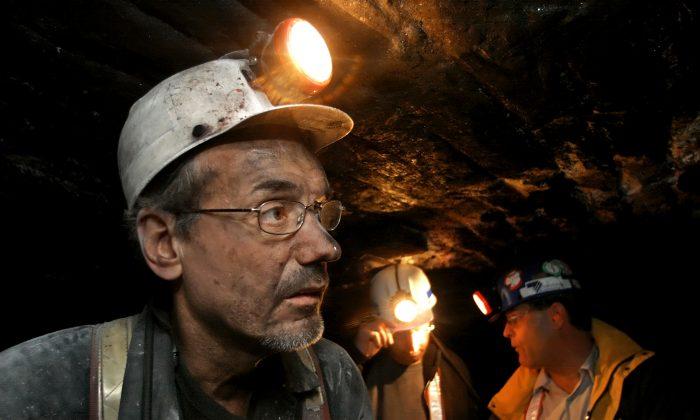Coal is currently the largest source of electricity in the United States, employing some 150,000 people. That’s a lot of people to leave behind in the shift to other energy resources as mandated in state and federal legislation.
But the solar power industry currently employs about 210,000 and it is creating jobs 12 times more quickly than employment is growing in the overall economy, according to a study led by Edward P. Louie at the School of Public Policy at Oregon State University that was published this summer in the journal Energy Economics.
It doesn’t work, however, to just plop a coal worker onto a solar array. Some skills are transferrable, others require retraining.
In the best case scenario, Louie said, the need for retraining would be diminished by the number of coal workers retiring between now and 2030. Fortunately, the average age of the coal workforce is 48, so retirement could help ease the shift.
Nonetheless, the cost of retraining could be about $181 to $649 million for each coal-producing state, totalling $539 million to $1.872 billion for the entire country. The report suggests coal workers invest in self-retraining in their free time. It also suggests the federal government foot the bill, noting it would only cost 0.005 to 0.05 percent of the annual federal budget.
Half the coal plants in the country will probably retire by 2030, given the usual lifespan of a coal plant (57 years) and the current age of the nation’s plants (many of which began operations circa 1975). In the meantime, the coal industry is having trouble attracting quality workers to a career path without a stable future.
Follow @EpochEnviro on Twitter






Friends Read Free